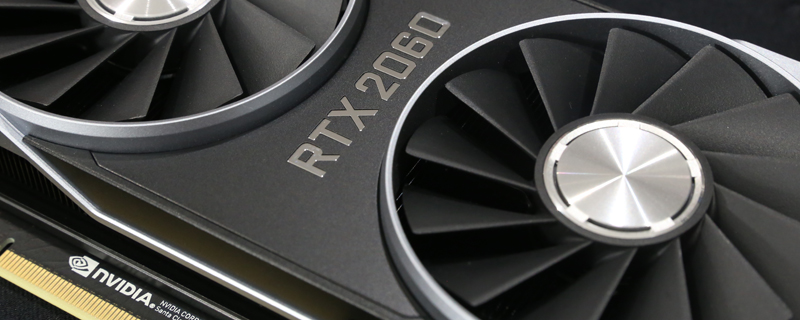Nvidia RTX 2060 Review
Conclusion
The RTX range of cards from Nvidia has offered a huge increase in image quality with its real-time Ray Tracing hardware. Although not supported by every title on the market yet, the Tensor cores also bring improvements to fidelity thanks to the dynamic super-sampling which – in the titles that support it – bring all the beauty of high anti-aliasing levels without any of the performance hit. Indeed the processing time being offloaded to dedicated cores usually mean that you see higher frame rates with it enabled than you do without any anti-aliasing at all.
All of which makes the RTX a genuinely attractive proposition but, like many high-end products, at not exactly a mainstream price point. The RTX 2060 changes that by bringing the extra benefits of the Turing architecture to the market at a price point that is significantly below that of the GTX 1080.
Naturally, when you start to cut down the hardware to meet a price point there will always be some compromises, and with the RTX 2060 those compromises are two-fold. Firstly although the RT and DLSS features are present and correct, the RTX 2060 won’t be able to push them to quite the same heights as we saw from the higher models in the RTX range. This is probably demonstrated the clearest in Final Fantasy XV, where the RTX 2060 sees big gains from the implementation of DLSS, but not the same percentage gains as we saw from the more expensive models. The other area, and one that is such a lack of surprise that we’re not remotely holding it against it, is that the higher resolution performance isn’t a match on the flagship ones. This has always been the case though, and it’s something that anyone looking at a mainstream card will be aware of and already taken into account. If you think that you can grab a 4K capable graphics card for below £400, then we’re not sure what to tell you beyond ‘you can’t’. Okay, you can if you’re playing Celeste or Stardew Valley, but not Battlefield V or the like.
Knowing this Nvidia have targetted the RTX 2060 squarely at the 1920×1080 brigade, still comfortably the most popular resolution around. As we’re the eager enthusiasts, it’s easy to forget this fact as many of us have high-end systems and displays, but it bears repeating. According to the Steam figures – easily the most reliable method of showing the hardware trends – 60.7% of gamers run at 1080p, compared to 3.9% for 1440p and a mere 1.4% at 4K. The GTX 1080, which the performance of the RTX 2060 pretty much matches, is the 9th most popular card at 2.7%, with every more popular card being a lower performer. Heck even integrated graphics are way ahead of most solutions. Thus the decision to go with a card designed for 1080 is clearly the right one as so very many people game at that resolution, and if you’re one of them then the RTX 2060 is a monster of a card, happily running everything we threw at it, at full detail and image quality settings, well above 60 FPS. There will always be someone that will argue about buying a used card from eBay but you’ve always got the issue of warranty and we are talking about a brand new card, with warranty and hopefully without worry. You can’t really compare a used card to a new one, sure if you’re already rocking a GTX 1070 then it’s not worth the upgrade but if you’re running an older card and looking for an upgrade with a budget of £400 grab this, a pizza and a few beers and have an epic Friday night gaming.
All of which means that the Nvidia RTX 2060 is the perfect entry point to the world of real-time Ray Tracing and future-proofed for the day when DLSS is an option in the majority of gaming titles. It’s fairly cool and quiet, doesn’t break the bank, overclocks extremely well – often hitting stock RTX 2070 performance levels – and runs every title around. There isn’t much not to like about it and it comfortably wins our OC3D Gamers Choice Award.
Discuss the nVidia RTX 2060 in our OC3D Forums.




